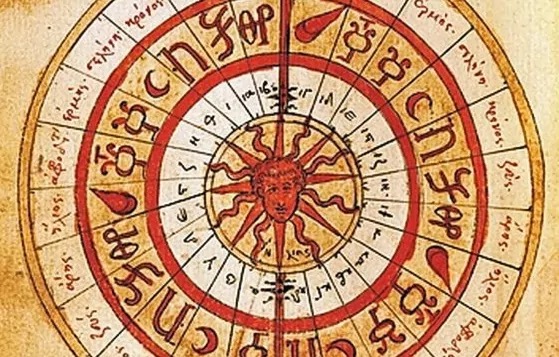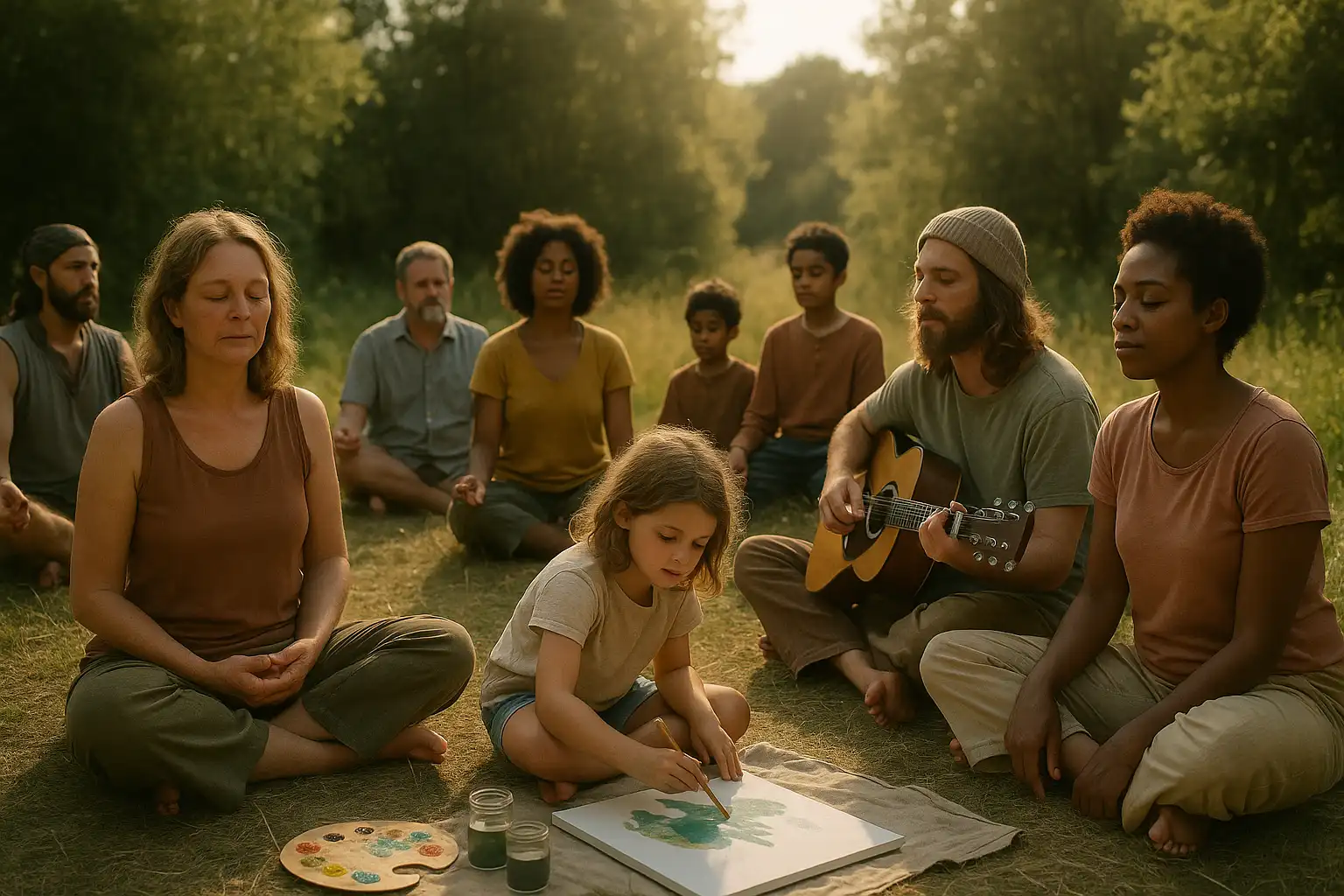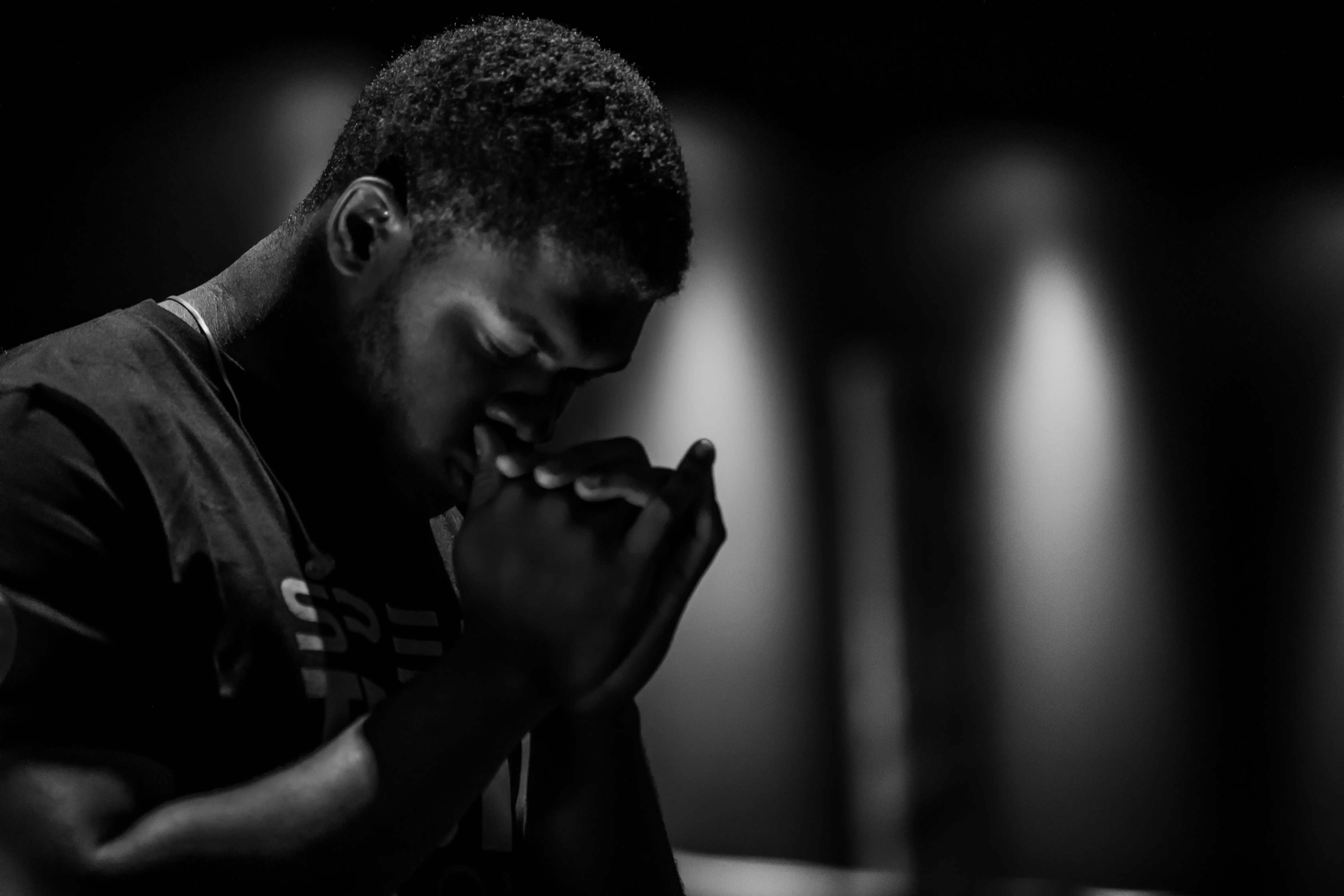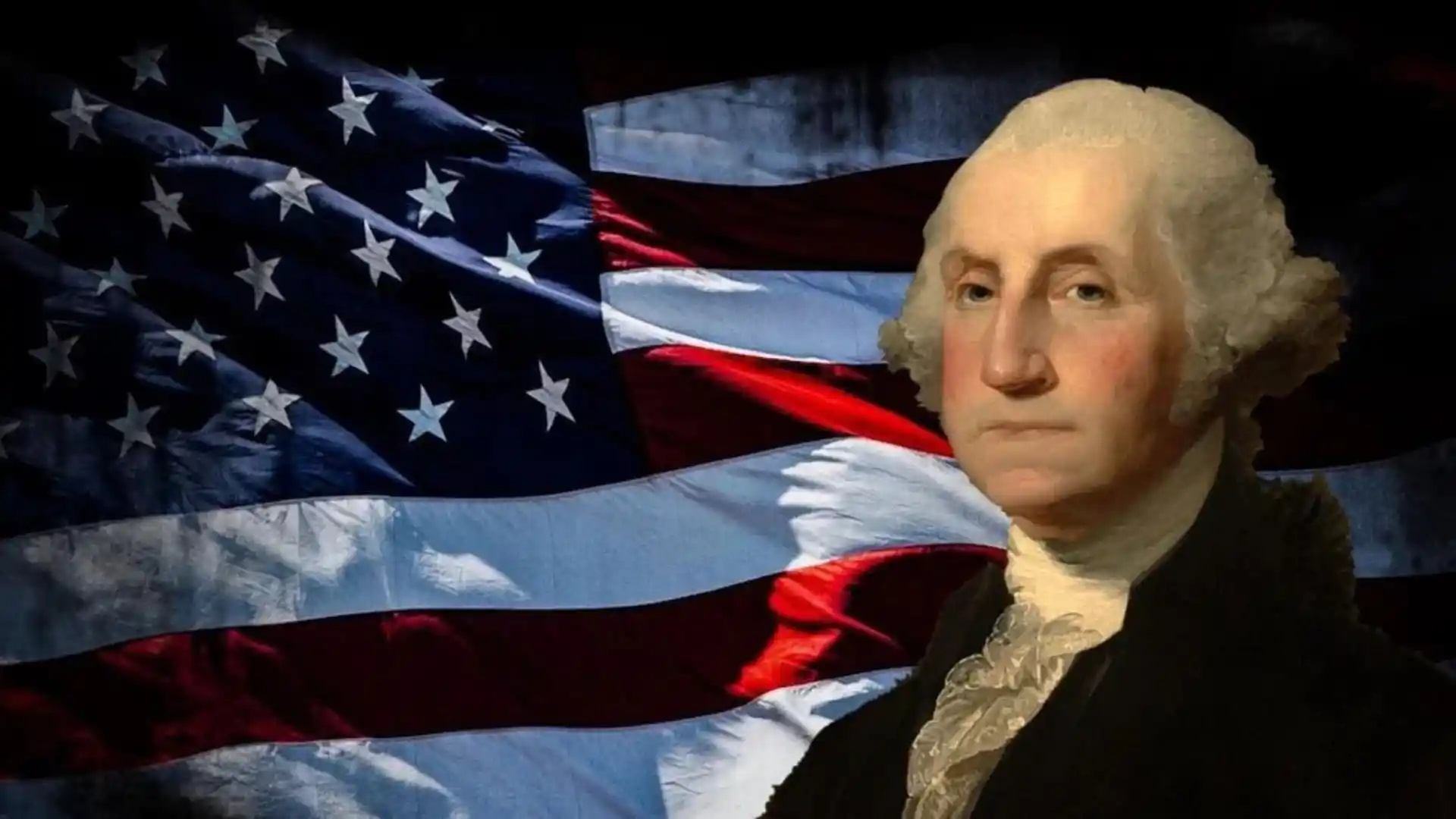Dance as a Pillar of Art and Culture in the United States: The Local Impact in Springdale, Arkansas
Dance as a Reflection of Cultural Diversity
Dance has been one of the most important forms of artistic expression in human history. In the United States, this discipline holds a central place in culture, reflecting the diversity of influences that have shaped the country. From classical ballet to hip-hop, including the folk dances of various migrant communities, dance is not only a visual spectacle but also a tool for education, social integration, and identity building.
The United States is a melting pot of cultures, and dance has served as a means to share and preserve traditions from around the world. Ballet, brought by Europeans, coexists with styles like jazz dance and tap, which emerged from African American influences, while hip-hop was born from urban culture in the Bronx. Additionally, Latin communities have contributed vibrant dances such as salsa and tango, while Asian communities have enriched the scene with traditional expressions like India’s Bharatanatyam and China’s dragon dance.
This mosaic of styles makes dance a universal language that brings people together beyond their differences, fostering inclusion and intercultural understanding.
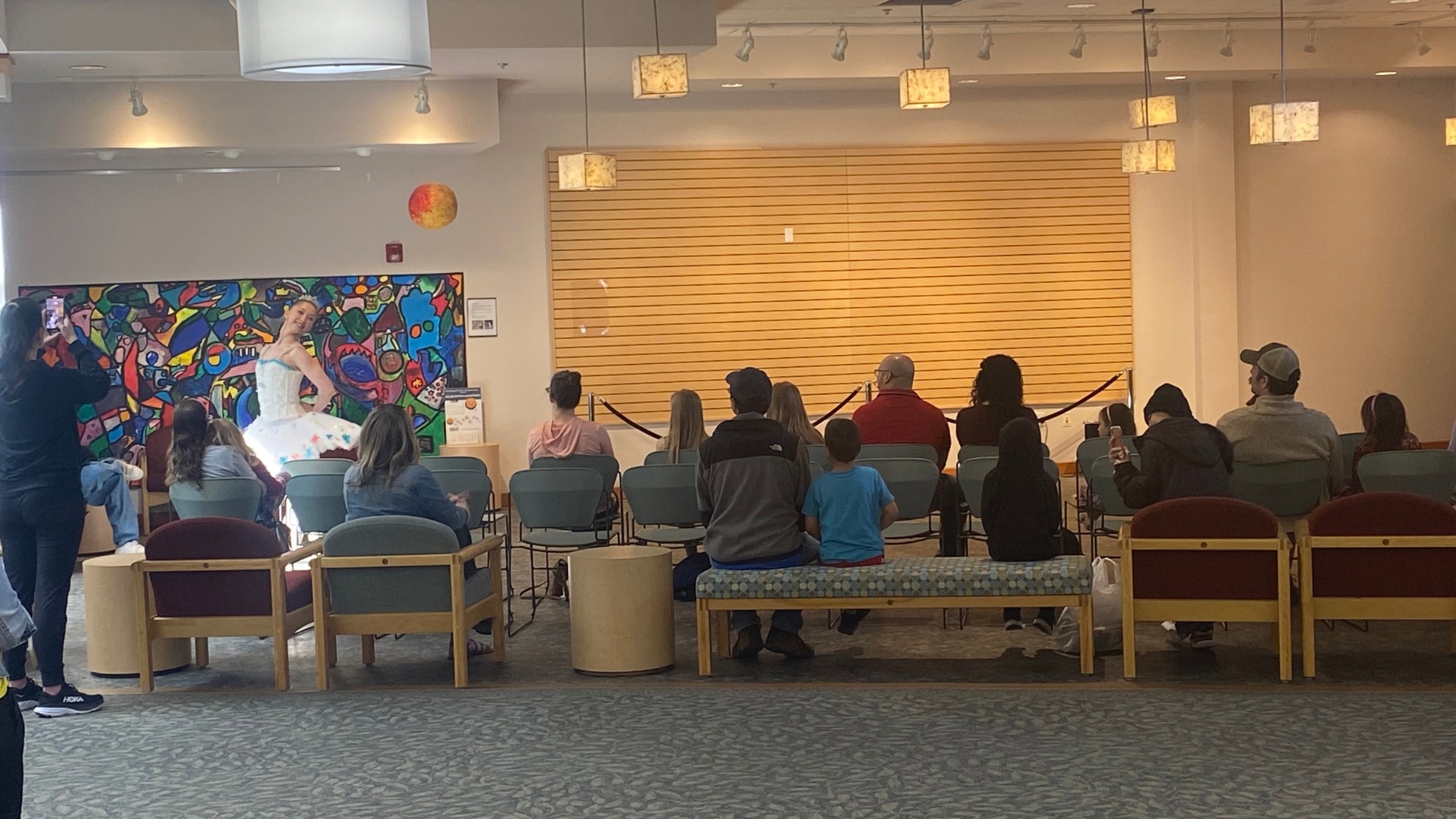
Dance in the Community: The Case of Springdale, Arkansas
On a local level, the city of Springdale, Arkansas, has recognized the importance of art and culture, with dance occupying a special place in its cultural scene. Through dance academies, community events, and artistic expression spaces, the city promotes access to this discipline as an educational and social tool.
The Springdale Public Library plays a key role in this effort, offering workshops and events that bring dance closer to the community. The library frequently organizes activities, including folk dance performances, open classes for children and adults, and discussions about the history of different dance styles. These initiatives not only enrich the cultural life of residents but also provide opportunities for young local talents to develop their skills and connect with the world of art.
Additionally, the presence of Latin and other migrant communities in Springdale has fueled a growing interest in the traditional dances of their countries of origin. Festivals and performances in the city feature everything from traditional Mexican dances like folklórico and Aztec dance to more modern expressions like bachata and reggaeton. This demonstrates how dance continues to serve as a bridge between generations and cultures, keeping traditions alive while adapting to new trends.
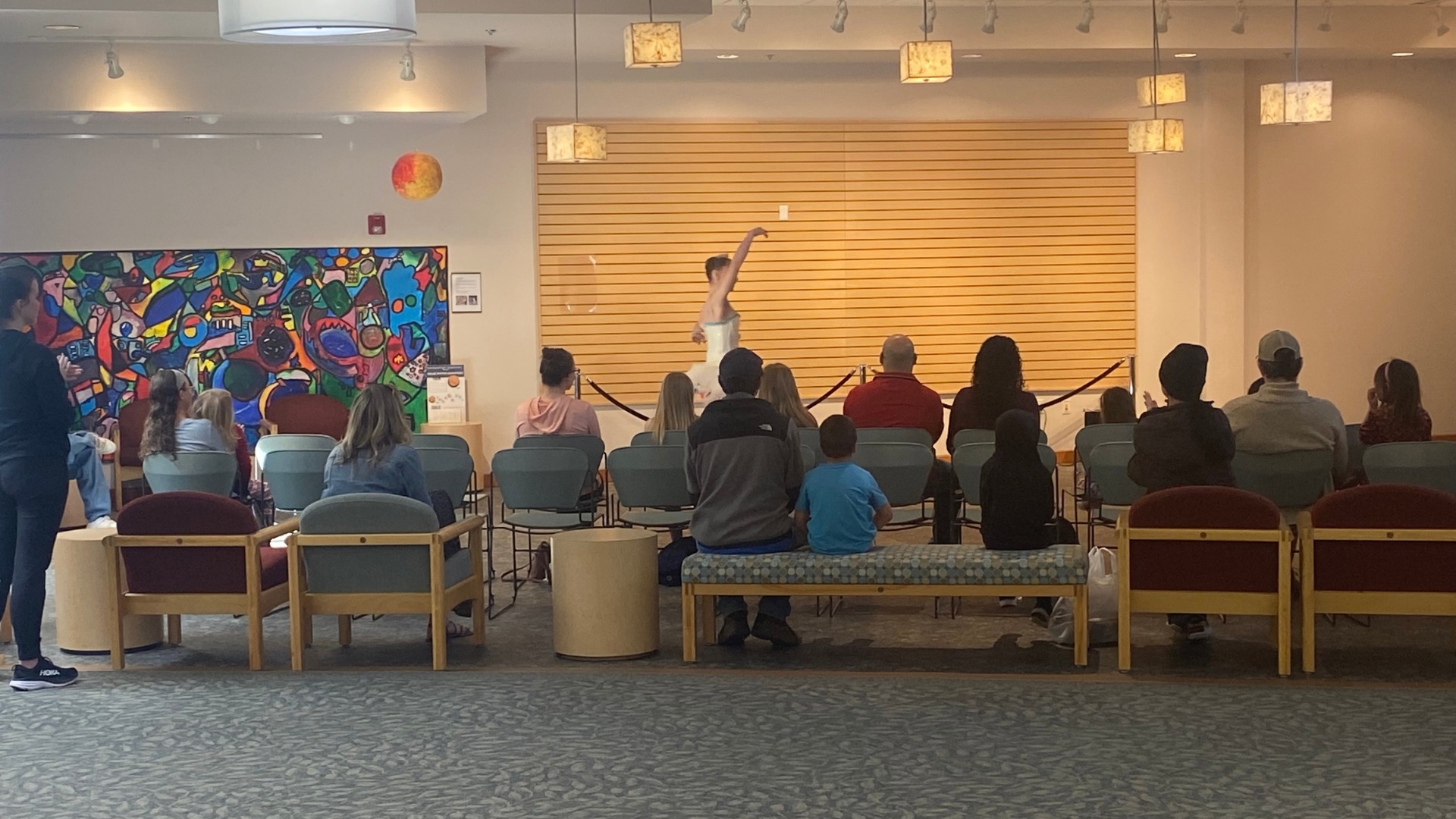
Benefits of Dance in the Community
The impact of dance goes beyond entertainment; its practice offers multiple benefits on both an individual and community level:
- Education and Personal Development: Dance improves discipline, coordination, and creativity, while also strengthening self-confidence.
- Health and Well-being: Dancing is a form of exercise that contributes to physical and mental health, reducing stress and promoting emotional well-being.
- Social Cohesion: Through dance, people can connect, share experiences, and strengthen their sense of community.
- Cultural Preservation: Dance allows communities to keep their traditions alive and share them with new generations.
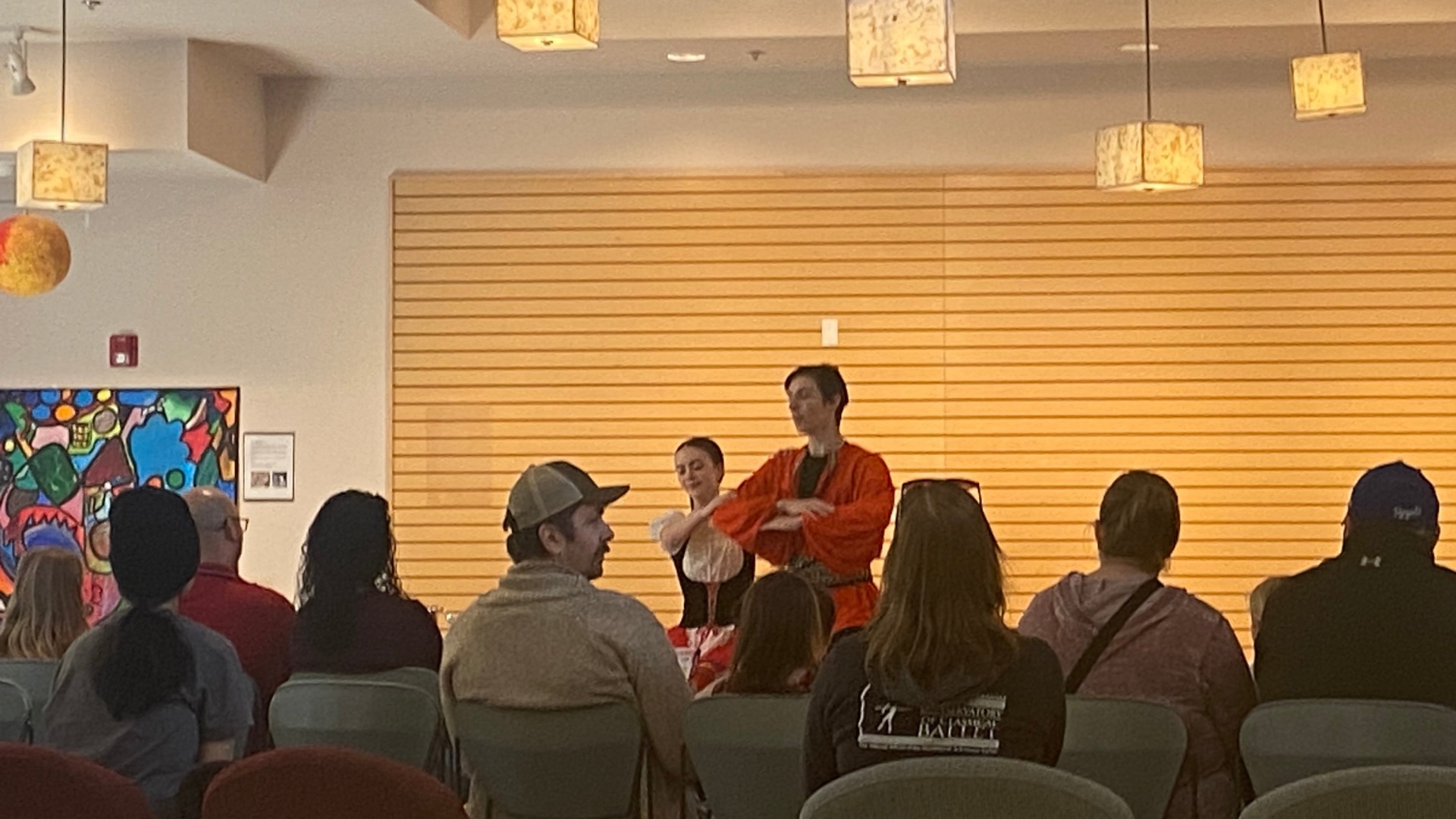
Conclusion
Dance is much more than an artistic expression; it is a reflection of cultural identity and a means to build community. In the United States, its diverse styles demonstrate the country’s cultural richness, and in cities like Springdale, Arkansas, its impact is felt on a local level thanks to initiatives that promote its teaching and dissemination. Institutions such as the Springdale Public Library play a fundamental role in making dance accessible to everyone, strengthening local culture, and fostering inclusion through the art of movement.
